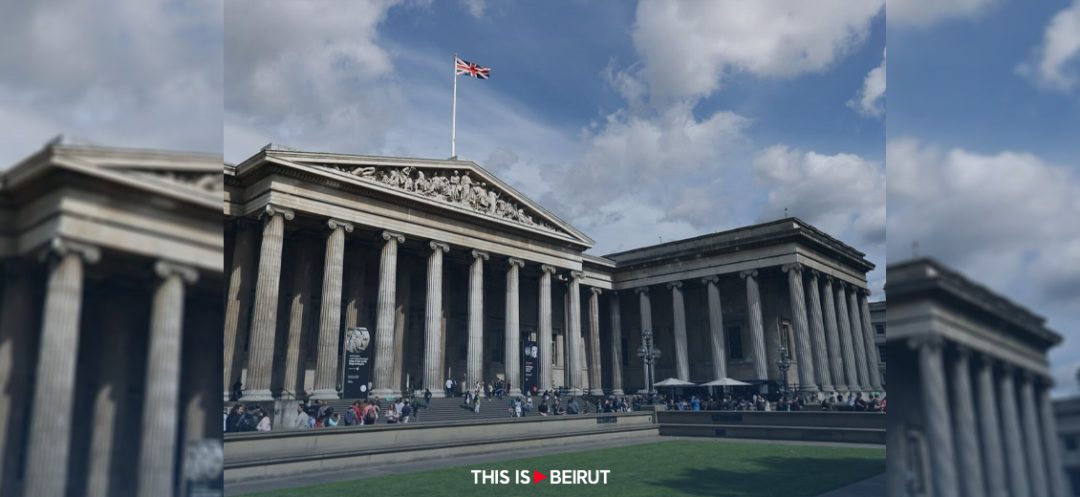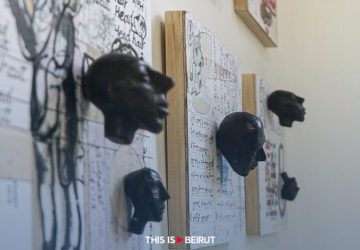Listen to the article
The British Museum, one of London’s premier cultural institutions, announced an unusual yet significant exhibition titled “Rediscovering Gems,” set to open on February 15. This exhibit comes in the wake of a startling revelation last August that approximately 2,000 items from its extensive collection were believed to have been stolen by a former employee. The museum, which houses world-renowned artifacts like the Rosetta Stone and the Parthenon Marbles, has since been on a mission to recover the lost treasures, with hundreds already secured.
The highlight of the upcoming exhibition will be ten ancient gems, including two Roman glass gems dating from the late 1st century BC to the 1st century AD. These gems, part of the items recovered, symbolize not just the museum’s rich collection but also its resilience and commitment to preserving global heritage.
George Osborne, chairman of the British Museum board of trustees, emphasized that the exhibition, which will run until June 15, marks a “culture change” within the institution. In a move that reflects transparency and accountability, Osborne, a former finance minister, stated, “We promised we’d show the world the gems that were stolen and recovered – rather than hide them away.” This approach is a significant shift from the usual practice of institutions quietly dealing with such incidents.
The recovery of these items was not a lone effort. A police investigation was launched, which also involved international experts to locate and return the remaining missing items. The museum, founded in 1753, has taken proactive steps to address this unprecedented theft. A webpage has been set up detailing the losses and providing information on how to report them, enhancing public engagement in the recovery process.
The incident led to significant internal changes at the museum. An unnamed staff member was dismissed following the disclosure of the thefts, and Hartwig Fischer, the museum director, stepped down. This response highlights the gravity of the situation and the museum’s dedication to rectifying the breach of trust.
The thefts represent the latest in a series of controversies to engulf the British Museum. In recent years, the institution faced increasing pressure to return artifacts acquired during the British Empire’s colonial era. The stolen-and-recovered items exhibition, while showcasing the museum’s commitment to safeguarding heritage, also underscores the complex ethical and historical challenges museums face in a rapidly changing cultural and political landscape.
This exhibition is not just an opportunity to view rare and recovered artifacts; it is also a moment for the British Museum to demonstrate its ongoing transformation in the face of adversity. The “Rediscovering Gems” exhibit is expected to draw attention not only to its showcased items, but also to what it represents in the broader context of cultural stewardship and ethical responsibility.
As the museum continues its efforts to recover all stolen items and prevent future thefts, “Rediscovering Gems” stands as a testament to the institution’s resilience and dedication to cultural preservation. The exhibition, in showcasing these once-lost treasures, invites visitors to reflect on the importance of protecting and cherishing our shared global heritage, reminding us of the delicate balance between preservation, accountability and ethical custodianship in the modern world.
With AFP




